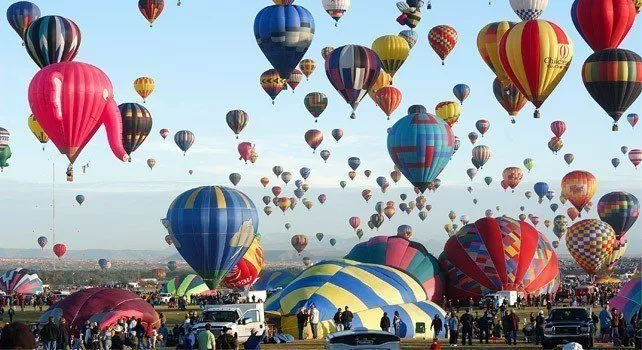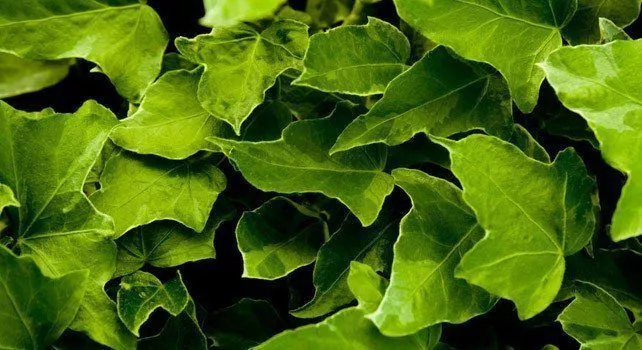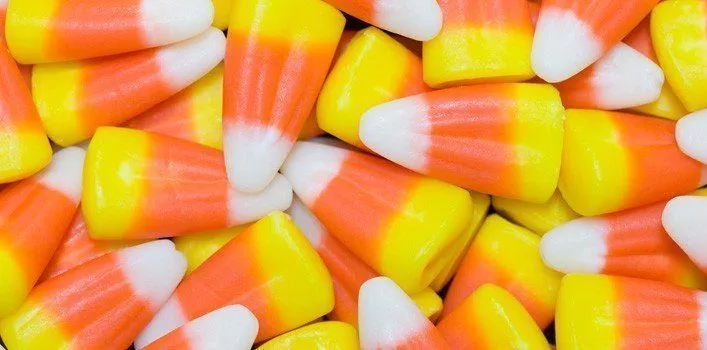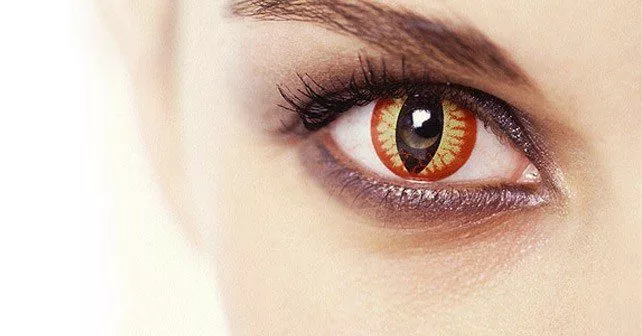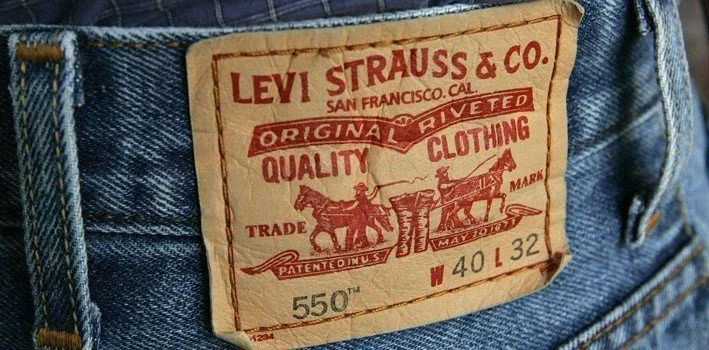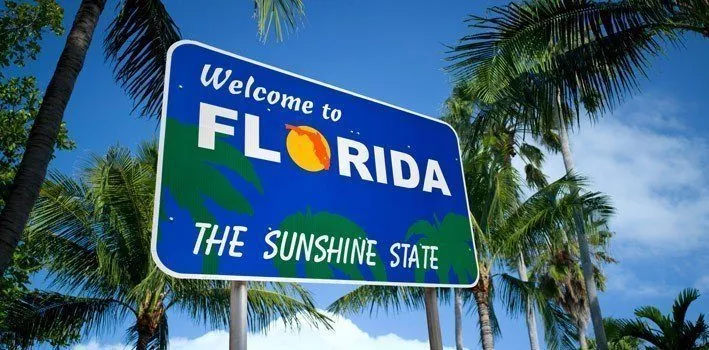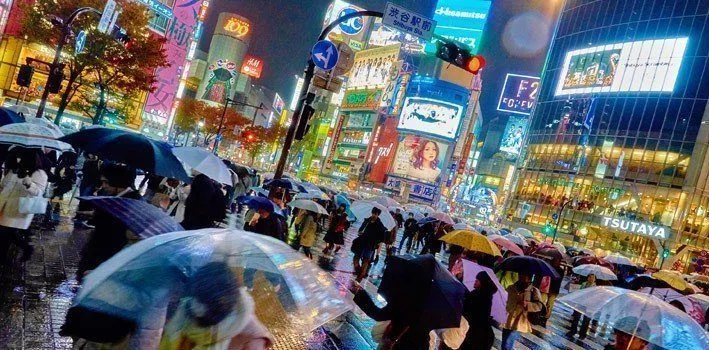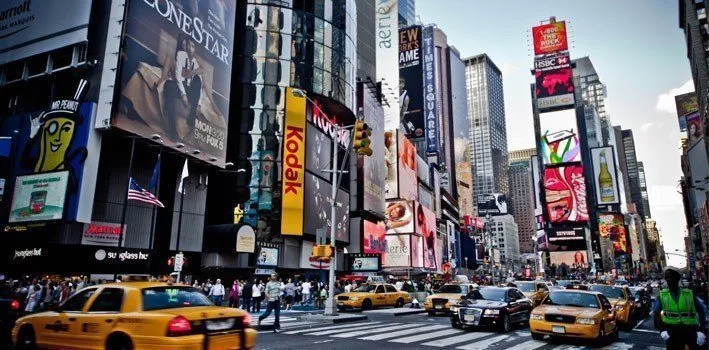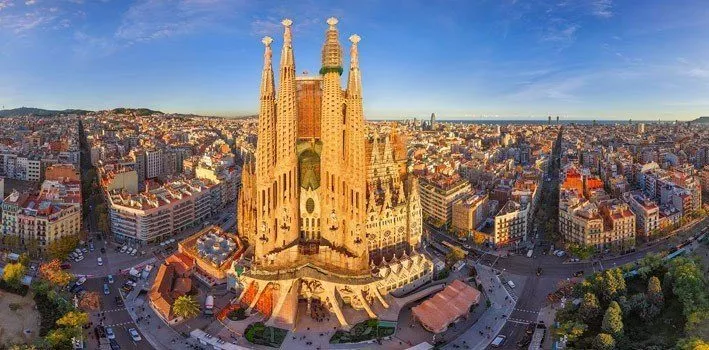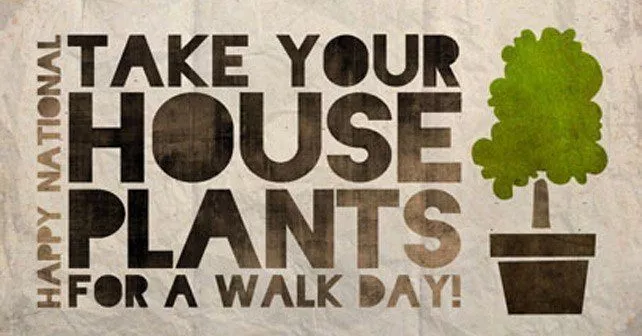
Ah the Game Boy, so many journeys as a child were filled by the seemly never ending onslaught of the Game Boy’s heavy-hitters including Pokémon and Zelda. Even to this day, when given the choice between playing a PlayStation 4 or Pokémon Blue, the latter will always win. There’s something about the simplicity and easy controls that made the Game Boy one of the highest grossing and most popular handhelds in the world. Here we’re going to look at 15 odd facts about this gaming icon.
- In 1993, Soviet cosmonaut Aleksandr A. Serebrov took his Game Boy to space on his TM-17 space mission. Later, it was auctioned for $1,220 and is said to have orbited earth 3000 times.
- In the New York Nintendo World Store, a Game Boy sits proudly on show which survived a Gulf War barracks bombing. The mangled handheld still displays a picture clearly.
- Tetris, although released on the PC, was a huge hit on the Game Boy. With its more casual gamer demographic, it sold 35 million copies.
- The first game boy could run for 30 hours on two AA batteries, this was due to the screen having only 4 shades of grey and having no backlight.
- The Game Boy allowed for multiplayer via link cables, usually 4 people at most. The handheld’s first-person shooter Faceball 2000 released in 1991 changed this, with an interlope of cables and adapters resembling spaghetti junction, 16 players could link up and play together.
- Nintendo announced, in 1995, that 46% percent of Game Boy’s gamers were female, the first time a console was so popular with women. A 2014 study found 52% of gamers are female.
- The Game Boy and Game Boy Color sold more than the Atari Lynx and Sega Genesis combined with 118.69 million units before being discontinued in 2000.
- Satoshi Tajirri, inspired by the concept of monsters running through the Game Boy’s link cables, created the original trio of the Game Boy’s renowned Pokémon series; Red, Green and Blue. Green, due to poor image quality, wasn’t available outside Japan.
- The Game Boy Light, a Japanese-only release, had a built-in backlit screen allowing people to play in low light conditions, an insane concept for those used to the original, that needed the add-on clip light when it got even slightly dark.
- Game Boy sold an external camera and printer for their handheld, the camera took low res images of the user and in turn, Game Boy may actually be responsible for the world of the selfie.
- The original Game Boy was over twice as fast as the NES with both having 8-bit CPU’s and, with the NES’ 2kb and the Game Boy’s 8kb, it had four times the RAM.
- The Game Boy is the “chiptune” artist’s instrument of choice; these are musicians who use vintage game hardware to make electronic music. With special sequencer cartridges, artists can get the device to make a range of weird sounds.
- Game Boy Color’s Kirby Tilt ‘n’ Tumble game had a built-in accelerometer in the cartridge which recognized when a player moved the hand held itself; this was then used to direct Kirby in game.
- Neil Young used the previously mentioned Game Boy camera to produce his Silver and Gold album art work, the photo was taken by his daughter Amber.
- The handy boy was a weird accessory for the Game Boy which included a magnifier, stereo speakers and light, when constructed it looked more like a spaceship than a games console.
The pure sales figures of the games and console alike show the popularity of the Game Boy, whatever your thoughts on the device are, you have to admire the undeniably simple and yet addictive nature of the games. The amount of cult classics started on the Game Boy are far reaching and some, including Pokémon, are still going strong today. The Game Boy even seemed to make its way into popular culture, so not only was it a gamer’s dream it seemed to be the chosen method for one of the most popular singer-songwriters album art and somehow became an instrument. There is, as per all retro consoles, such a strong following for the handheld and if something can survive a bombing it has to be shown a certain level of respect.
